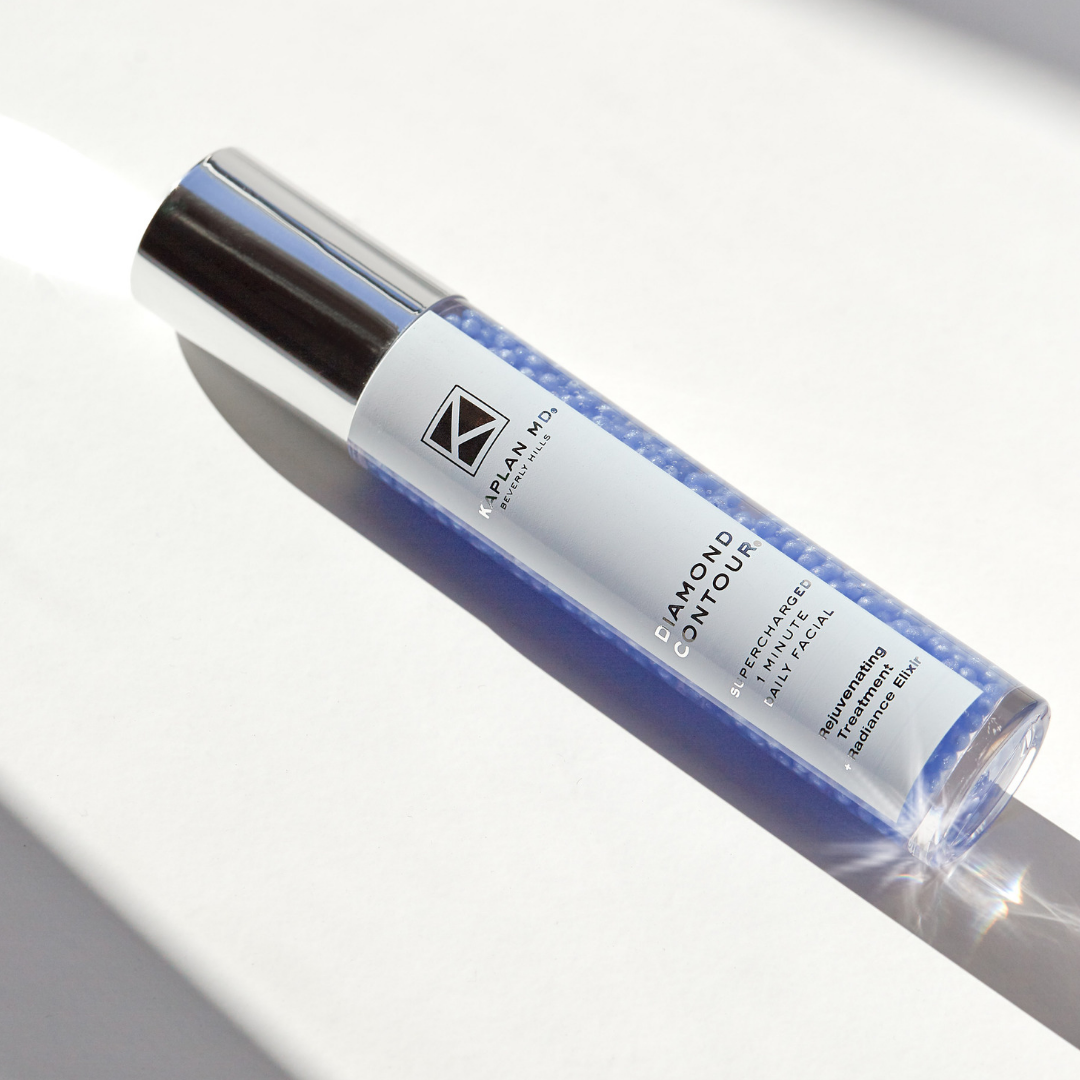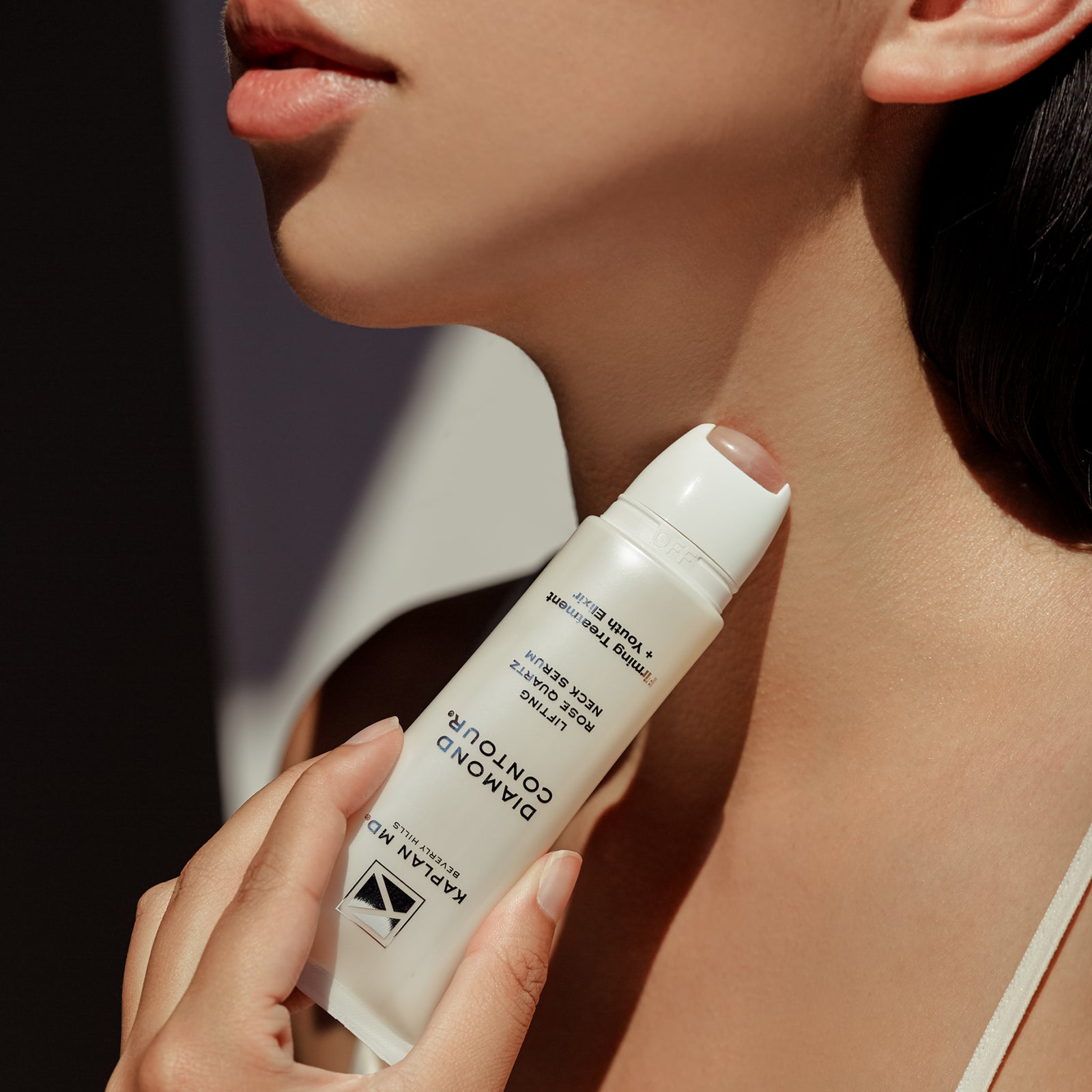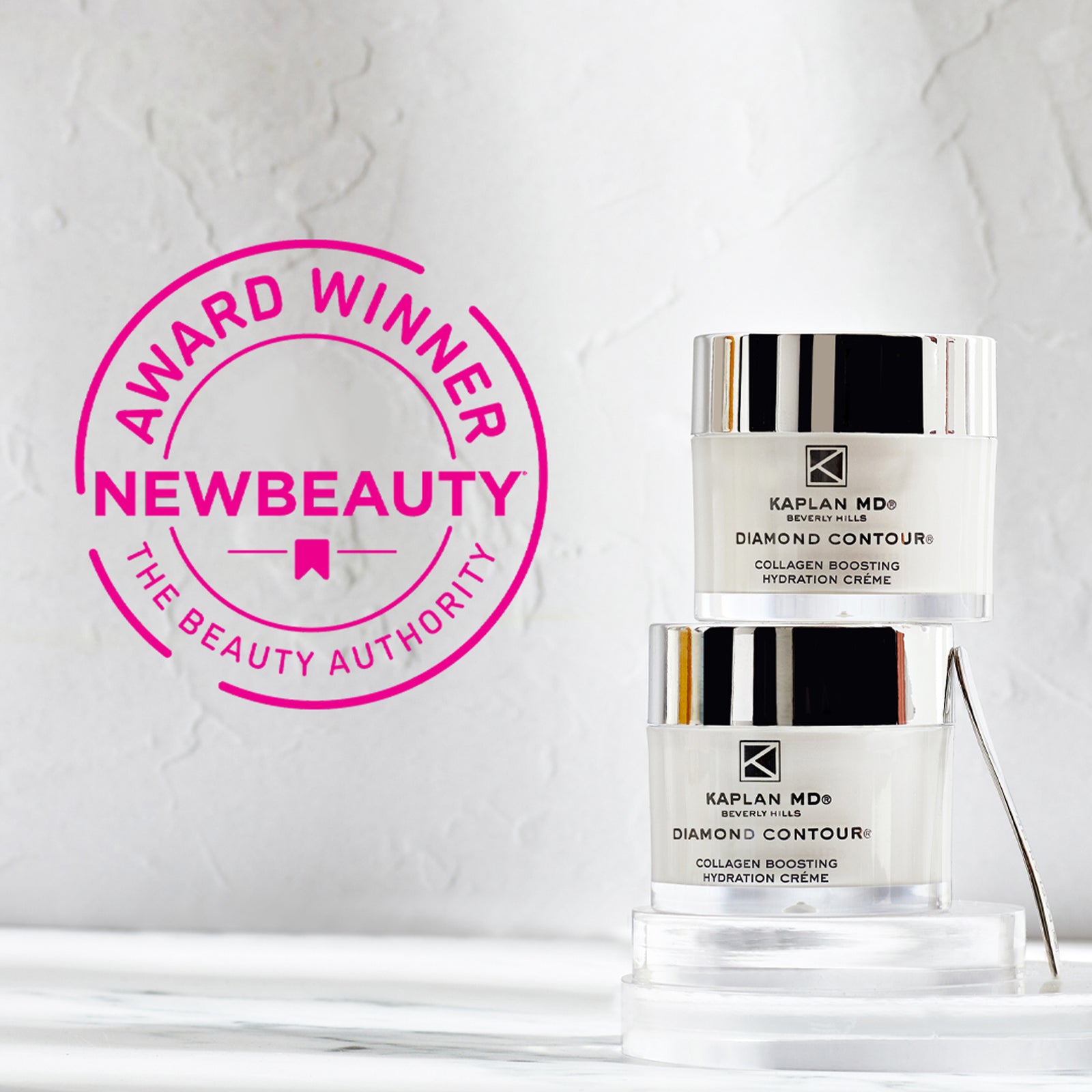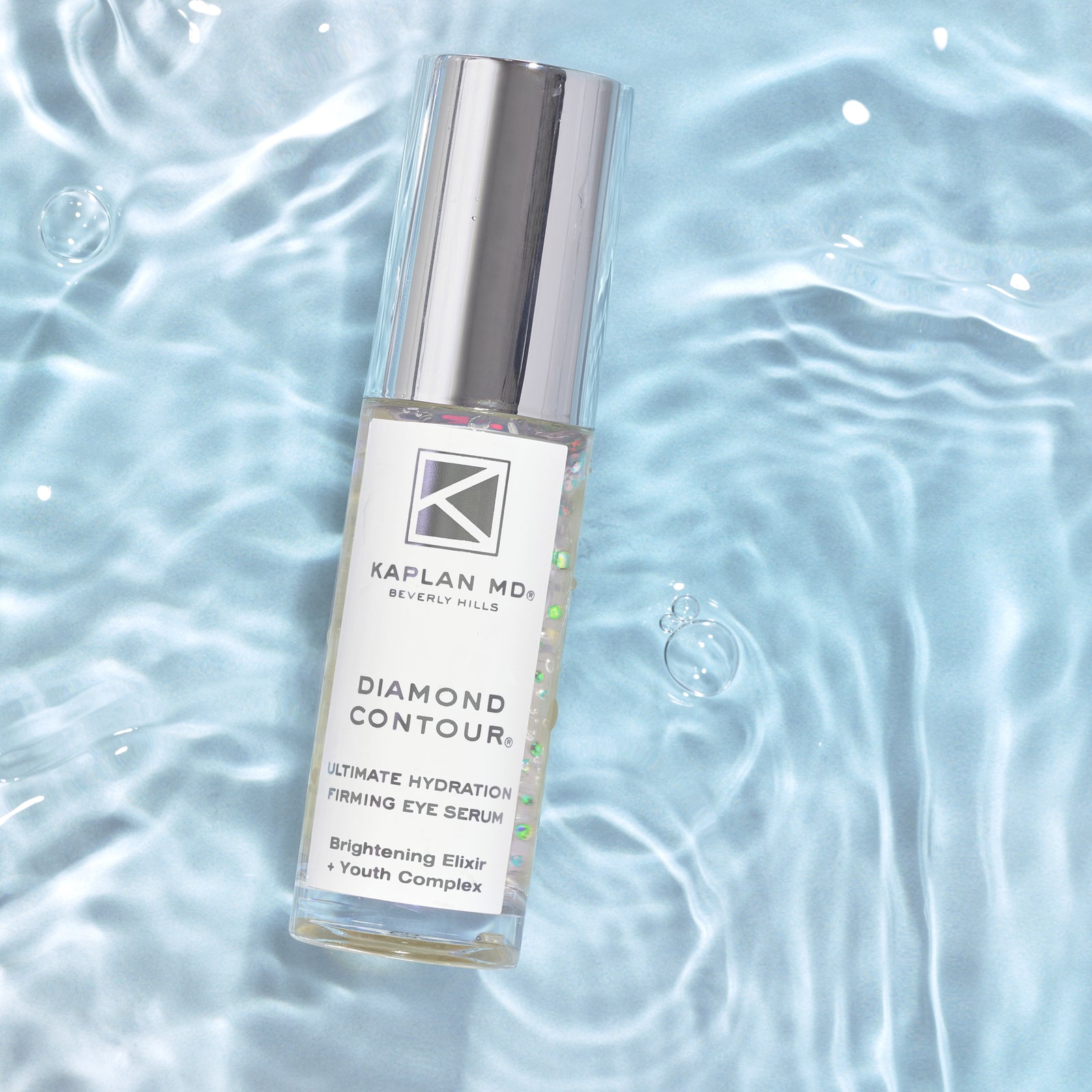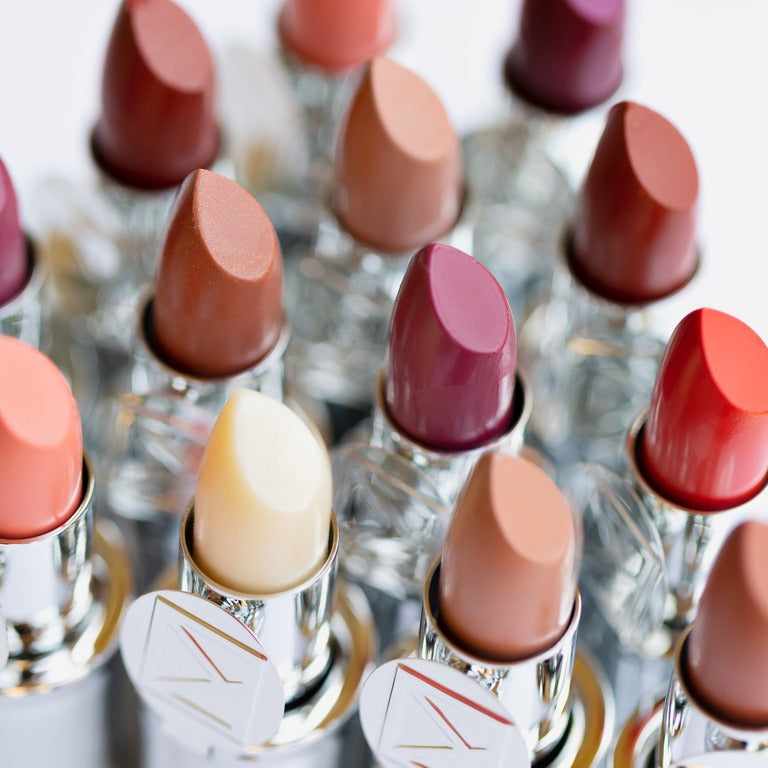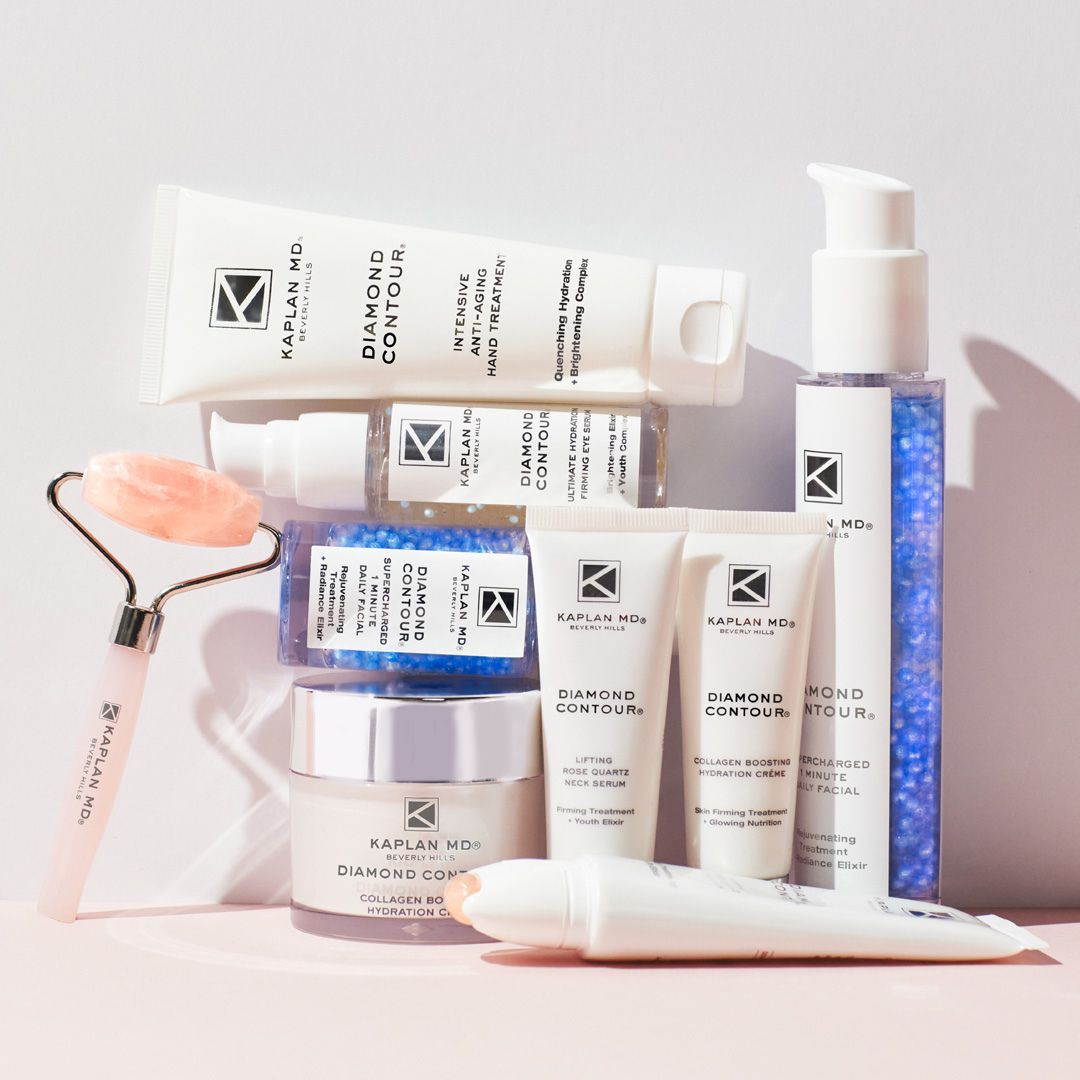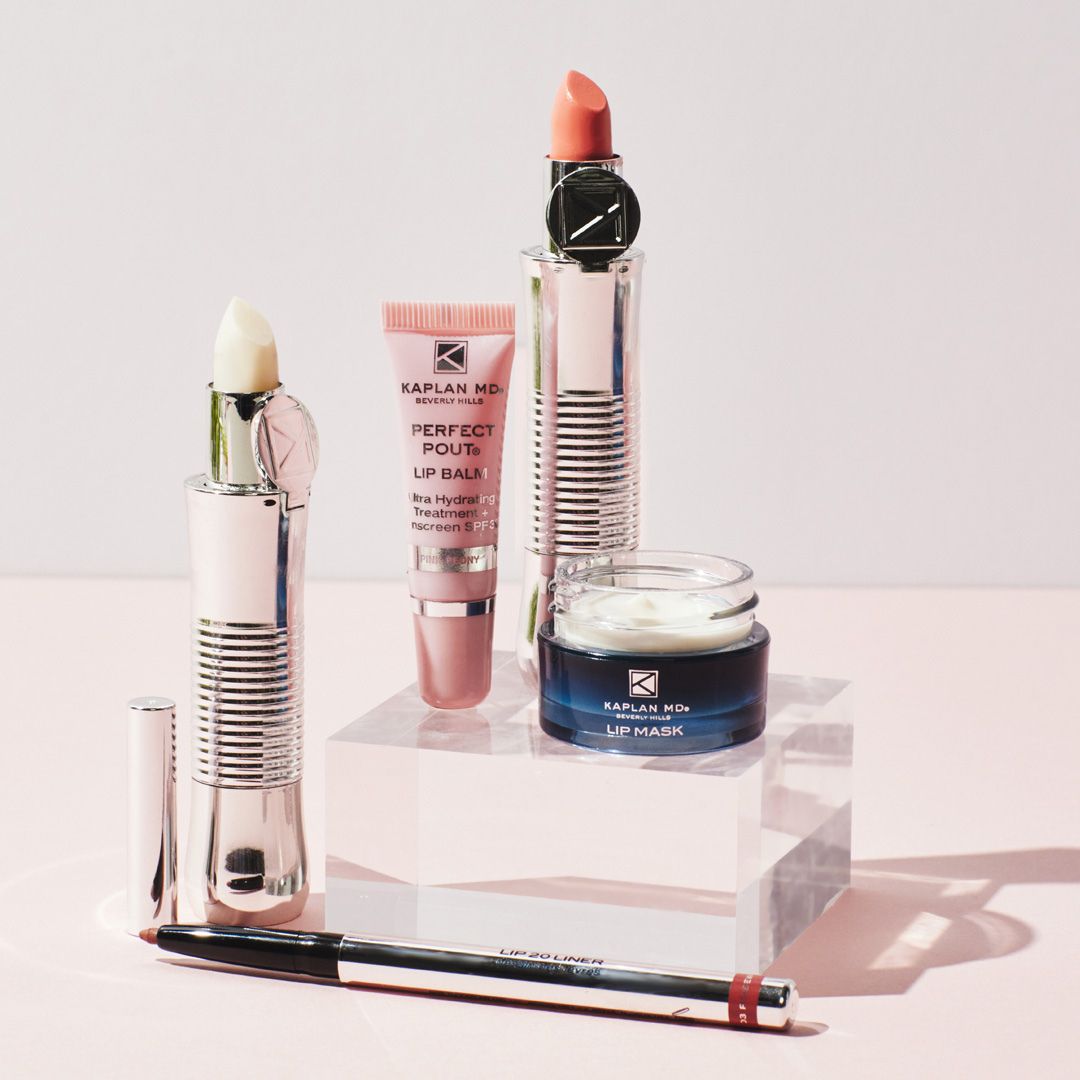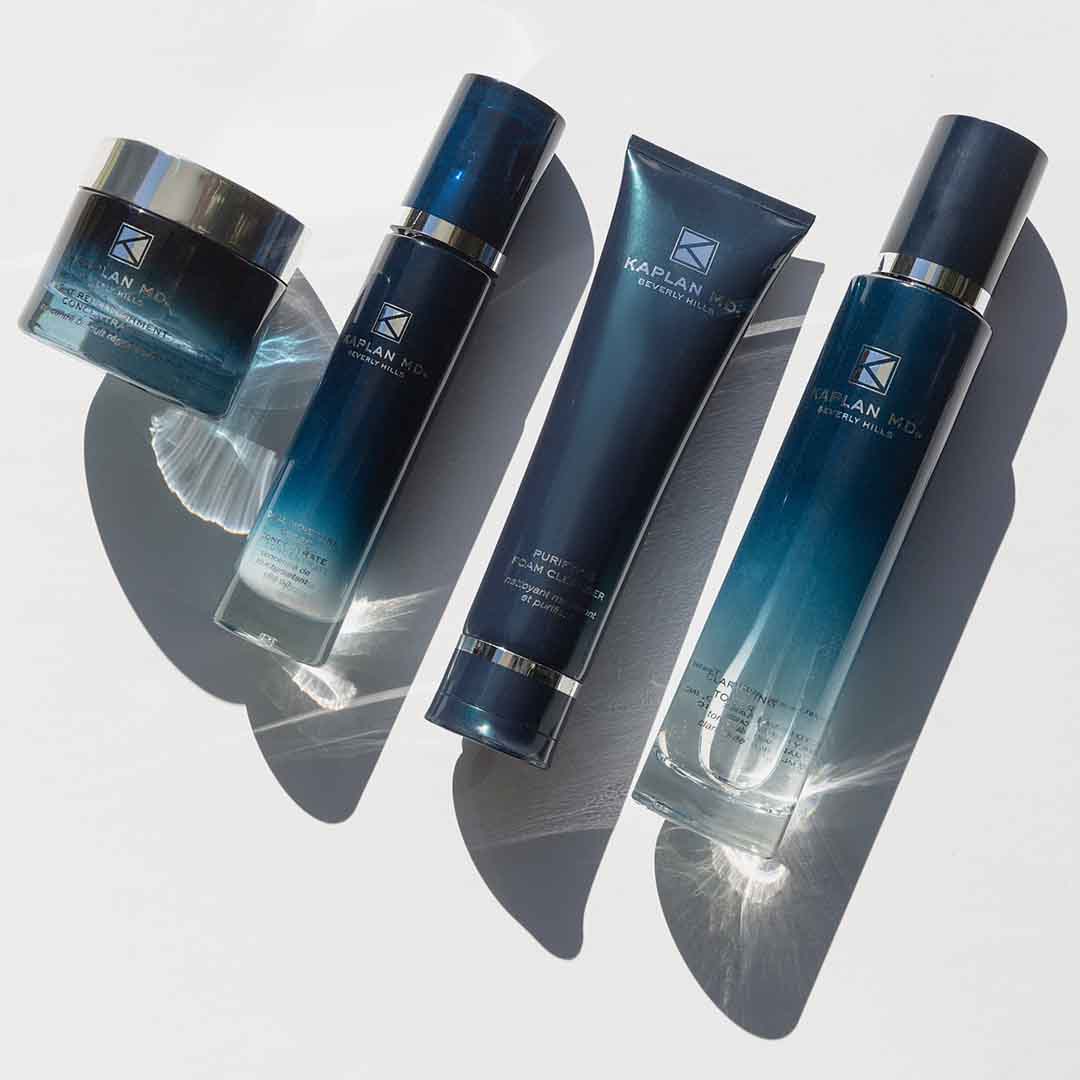Dr. Kaplan – Vitamin D
Vitamin D
BENEFITS OF VITAMIN D
Our bodies need vitamin D to build strong, healthy bones. Vitamin D helps the body absorb the calcium that our bones require.
Without enough vitamin D, bone disease can develop. A child can get rickets, which causes soft, deformed bones. Adults can develop ostemalacia, which also causes soft bones. Anyone can develop osteoporosis. This disease causes the bones to thin and increase the risk of a fracture.
The results from many research studies suggest that vitamin D might protect us from other diseases, including high blood pressure, heart disease, and some types of cancer. While the evidence has grown regarding vitamin D’s beneficial effects, researchers continue to study how vitamin D keeps us healthy.
HOW MUCH VITAMIN D DO YOU NEED ?
To keep our bones healthy, we need a minimum daily dose of vitamin D. The following table shows the recommended daily Dietary allowance (RDA) for vitamin D.
AGE
0-12 Months
1-70 Years
71+ Years
RDA
400 International Units
600 International Units
800 International Units
Women who are pregnant or breast feeding do not need additional vitamin D. Men and women require the same amount of vitamin D.
While you may be tempted to take larger doses of vitamin D, more is not better. A review of more than 1,000 research papers on vitamin D found that high amounts of vitamin D could be harmful. Our bodies store the vitamin D that we cannot use. Over time, this vitamin D can build up and cause problems with the normal functioning of the body. Toxic levels of vitamin D can lead to high blood pressure and even kidney damage.
HOW TO GET VITAMIN D
Dermatologists recommend that everyone get vitamin D from the following sources:
- Foods naturally rich in vitamin D
- Foods and beverages fortified with vitamin D
- Vitamin D supplements
The foods that contain the greatest amount of vitamin D are fatty fishes such as salmon, tuna, and mackerel. Fish liver oil is another good source. In the United States, you will find vitamin D added to foods, including milk, butter, margarine, yogurt, cereal, and orange juice. The following table shows the amount of vitamin D you will find in various foods.
| Food | Serving | IUs† | MCGs†† |
| Salmon | ½ filet | 1,448 | 36.1 |
| Cod liver oil | 1 tablespoon | 1,360 | 34 |
| Tuna, canned | 3 ounces | 229 | 5.7 |
| Sardines, canned | 3 ounces | 154 | 4.1 |
| Whole milk* | 1 cup | 124 | 3.2 |
| Nonfat milk* | 1 cup | 115 | 2.9 |
| Cereal* | 1 cup | 34-104 | 0.9-2.6 |
| Herring | 3 ounces | 96 | 2.4 |
| Pork Ribs | 3 ounces | 43-88 | 1.8-2.2 |
| Beef Liver | 3 ounces | 42 | 1 |
| Egg Yolk | 1 large | 25 | 0.7 |
† IUs is the abbreviation for International Units
†† MCGs is the abbreviation for Micrograms
*Vitamin D added to the food
It may be hard to get your daily dose of vitamin D from food alone. To find out whether you get enough vitamin D from your diet, look at table 2 again. Do you eat enough of these foods to get vitamin D that you need everyday?
If you are like many people, you may not be getting your recommended dietary allowance of vitamin D. You may want to change the foods that you eat or take a vitamin D supplement. Before you start taking a vitamin D supplement, talk with your doctor. Vitamin D can react with some medicines, cause possible side effects. Taking certain medicines increases the amount of vitamin D that you need.
RISK OF GETTING VITAMIN D FROM THE SUN
Vitamin D is produced in the skin by UV light, but the amount is highly variable and depends on many factors. Oral vitamin D provides a reliable effective and safe means of obtaining this vitamin.
Vitamin D’s nickname is “the sunshine vitamin” because our bodies make vitamin D when the sun’s rays hit our bare skin. Getting vitamin D from the sun or tanning beds, however, increases your risk of developing:
- Skin cancers, including melanoma, which can be deadly
- Premature skin aging(wrinkles, age spots, blotchy complexion)
- A weakened immune system
For these reasons, dermatologists recommend getting vitamin D safely from foods, beverages, and supplements. Dermatologists also recommend that you protect your skin from daily sun exposure and avoid tanning beds.
To protect your skin, apply sunscreen every day before you go outside. The American Academy of Dermatology recommends using a sunscreen that offers a sun protection factor (SPF) of 30 or greater. The sunscreen should be a broad-spectrum, which means it shields the skin from both UVA and UVB rays. Wearing a hat, long sleeves, and pants helps protect your skin from the sun as well. You also should seek shade when possible.
TESTING FOR VITAMIN D
A blood test can tell whether you are getting enough vitamin D> This test measures a compound in your blood called 25-hydroxy- vitamin D.
When you see the results from your blood test, your vitamin D level will be given in nanograms per milliliter (ng/mL) or nanomoles per liter (nmol/L). For most people, a healthy level falls between 20 and 49 ng/mL (50 to 124 nmol/L). If your level is lower, you should talk to your doctor about what you can do to get more vitamin D.
Many individuals with skin of color may be low in vitamin D and may need to get additional vitamin D through their diets or with supplements.
All content solely developed by the American academy of Dermatology

